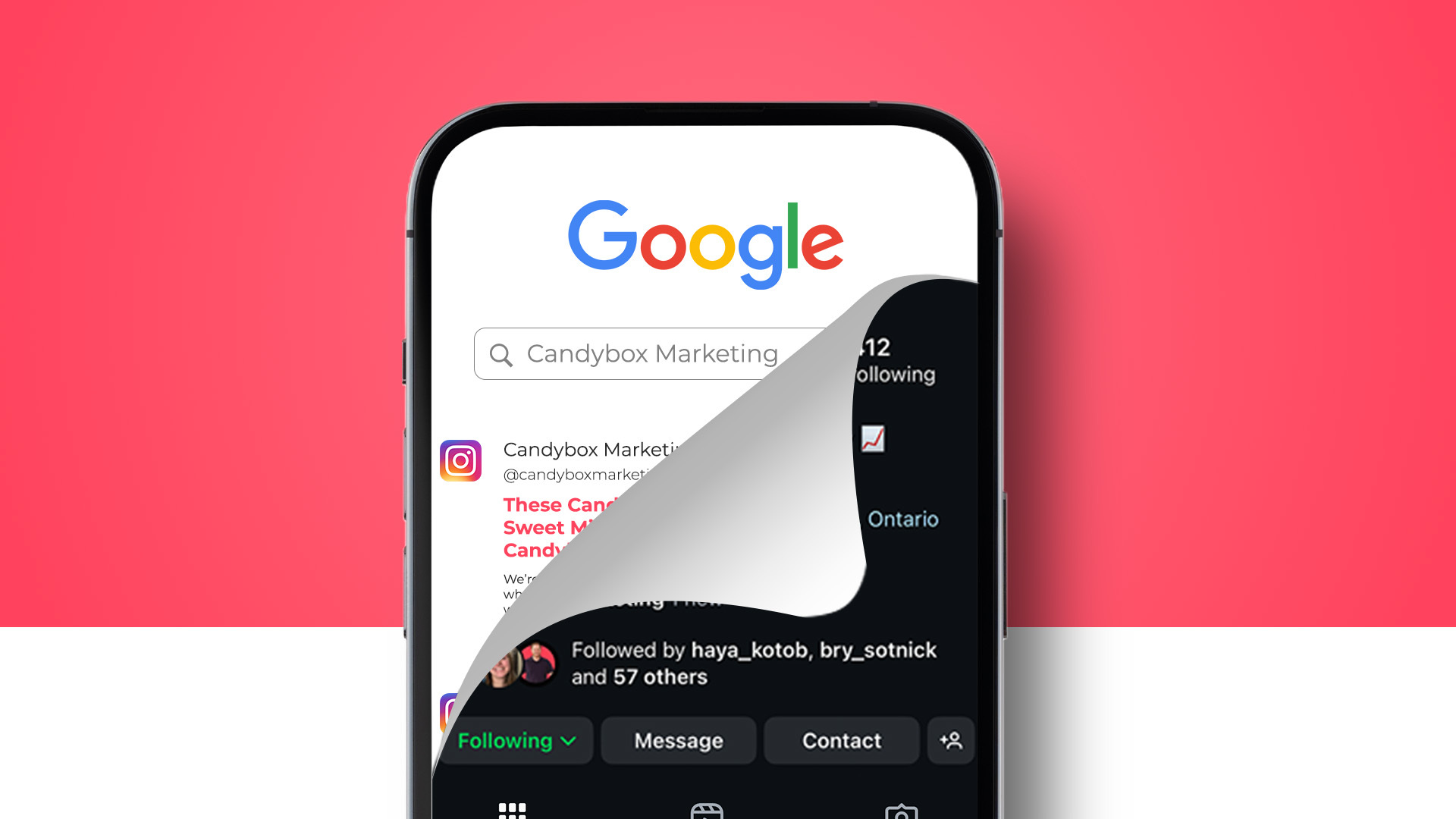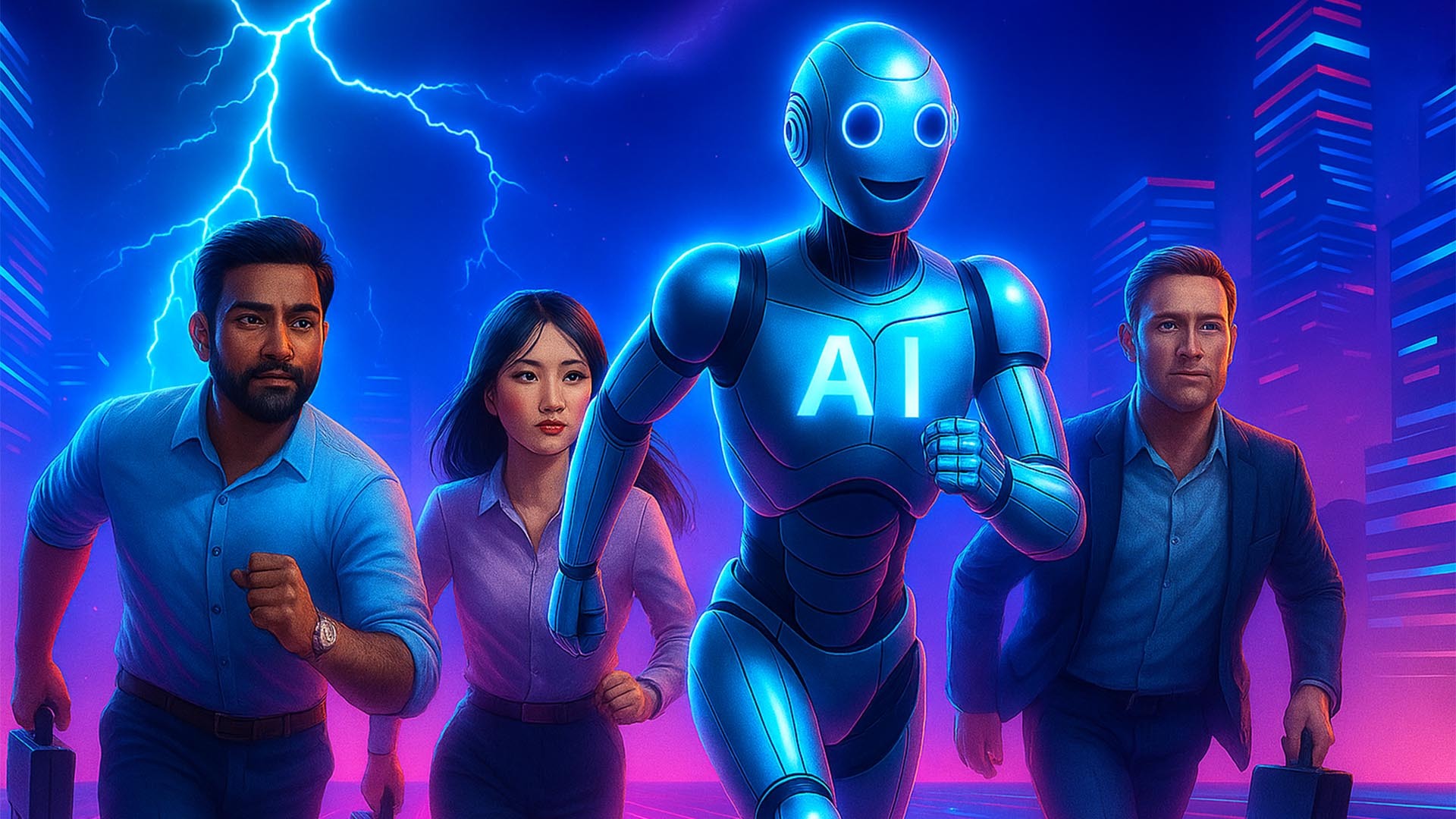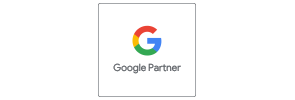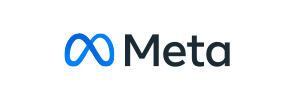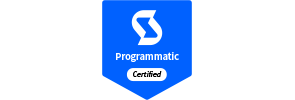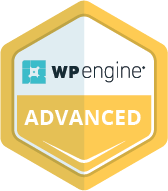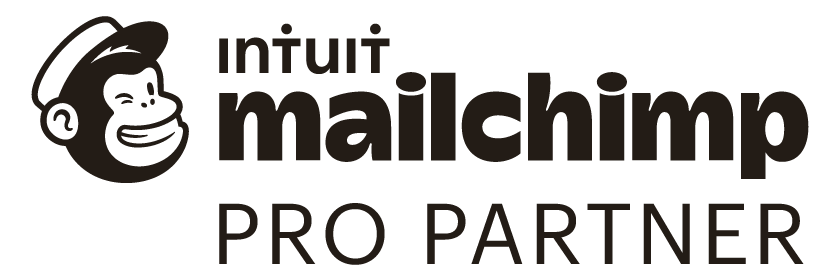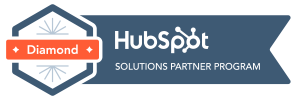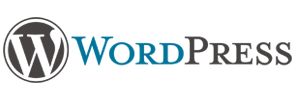
(Transcript)
MC: Hey everybody, MC from Candybox here. Thanks for tuning in!
Today we have a special episode because I was able to pull one of my very good friends and project manager, at Launch 48, Ryan Jaques in the building. How are you doing, Ryan?
Ryan: I’m good, thanks. How are you doing, MC?
MC: Im doing excellent. Thanks for being here today.
I am very excited to talk about Launch 48 and all the awesome stuff you do there. For all of people who don’t know what Launch 48 is: it’s very exciting to see Ryan sit down with clients for over the course of two days, start from absolute scratch, with just a concept in mind, and bring that to life by the end of two days.
Ryan, I’d love to even hear you explain it. What does that two day project look like with you and a client?
Ryan: Yah, so basically the client comes in to the studio, sits with me for a couple of days. We start the first day talking about the website objective, the target audience, calls to action, and such; put together a couple of design ideas, get approval on those ideas, make some wireframes. As we’re putting the website together, I’m training them on how to manage it themselves. They’re getting a chance to work on the website themselves and add content. The kind of learn the inner-workings of the website while we’re building it. Then at the end of the two days, they understand how it works and they are able to manage it themselves.
MC: That’s amazing. I’ve personally witnessed you putting together these Launch 48 projects and it’s amazing by how much you are able to do in a short period of time. I always tell people what I find most impressive about Ryan is that he is able to put on a Marketing hat and then he’s able to switch that up and then put on a design hat right after to make sure that they get the best product, so that’s very impressive.
Ryan and I actually talked recently, and we talked about a common saying that: “a painter needs to know when to stop painting”. And that’s a philosophy where they need to know when to give up and say “we are so happy with this project that we are ready to push it forward” and saying that: “we are complete and finished”. What does that look like in a Launch 48 project? When you look at a website, at what point can you tell yourself “okay, I feel like it’s finished. I feel like it is ready to go out into market”?
Ryan: Sure. So, there’s going to be an objective to every website: if they want to drive traffic to a certain page and get some phone numbers, if they want people filling out a form, if they want people signing up for the newsletter. By starting with that in mind, you have a very clear idea of what an end point looks like; you have that objective you are working towards. So, you put together a website that achieves that objective. That’s what you need. You don’t need bells and whistles, you need something that does the job of converting customers. So, it’s really easy to see where an end point is because you know if the website is gear towards doing whatever the whole point of the website is, you know that it’s at a point that it’s ready to ship.
There’s designs that get a little more extravagant, there’s designs that are quite simple, but the overall function of the website is really what governs when we push it live. If it’s doing its job, it’s ready to go.
MC: Right. You and I both agree that a website is never really finished, right? You always have to assess the analytics and results and then recalibrate the site to make sure it is doing its job. In many cases, the website isn’t always performing as best as you want, and the question you have to ask your is ‘why’, right?
Ryan: Absolutely. When I say ‘ready to ship’, Mahfuz hit it right on the head. The website is a live project, it’s always going. You push your best ideas forward and maybe you find out something is working better and then you adapt and change as you need to.
But it’s important to know that: whatever ‘success’ looks like, whatever the ‘conversion’ looks like on the website, as long as you are focused on that, it’s really easy to know whether the website is performing well and what to improve.
MC: That’s awesome, Ryan. I can imagine that between those two day projects you do with different clients, you have the opportunity to sit down and dissect what their old website looks like, right? To prepare yourself, to learn about: “okay here are the things they are wrong, so that when we do a new website, we are going to fix it and we are going to make sure we are doing it right”.
I’d love for you to break down, when you do dissect those websites, the old ones, what are some of the things you find are the biggest issues with websites? What are business owners doing wrong with their website more commonly than you see versus anything else?
Ryan: Number one is that: they build the website for themselves instead of the customers. A lot of the times, they like to talk about themselves. It’s not a fault of any one business, you like to talk about your successes and where you’ve been and where you’re going, and sometimes that’s the more fun conversation to have internally, not necessarily the sales conversation.
I see a lot of websites with a lot more effort put into the ‘about us’ page and the company history, and the board of directors (for charities), and then you’ve got one page dedicated to the entire bundle of services; there’s no breakdown by what the services actually do. All the focus is internal in telling the story you like to tell and not telling the story that is going to convert the website visitor to a customer.
So I think, rule number one is just always be thinking that your website is a sales tool. So, you should always be selling, you shouldn’t just be pontificating on how great you are. You should be really using that, building some momentum and trying to convert those visitors to customers.
MC: Love it! I think that’s fantastic.
Guys, for those who are turning, we did spend the last couple episodes talking about how important it is to create a website that is dedicated to your customers and not for yourselves. So, if you did want to visit those links and tune in to those, I will post it in the transcript below:
View Previous Episode: Build Your Website For Customers Not For Yourself
I don’t want us to be the guys that focus on the negative, what business owners are doing wrong and harp on them. I actually want us to be an audio blog that helps business owners. So, let’s jump to the other spectrum and let’s talk about: what are the best practices that a business should do today? You can imagine that a business owner is listening to this right now, and they are having that ‘Ah-ha!’ moment where they are like “okay I need to do something about my website. I am doing all the wrong things”. What is something they can do today to start heading down the right path?
Ryan: It depends, there’s a few things they can do just in terms of gearing it more towards the customer: shifting up some of the language to be focused on a little bit more sale-sy and marketing-type language, talking about what the customers are going to get out of them as opposed to just talking about themselves. So shifting up some of that language, you don’t have to make a huge change to your design as long as you’re gearing it more towards your customers.
But the other thing I would do is try to think of order of information. Are customers really going to need know that you’ve been in the same facility for 40 years before they know what the product is that you are selling. You really need to be focusing more on getting customers, and that’s the whole point. I’m going to keep harping on it. It’s a sales tool. You got to be changing stuff, meet your customers where they are, tell them what you are going to do for them very early and you should start seeing more phone calls, at least. That would be my number one tip.
MC: Take note business owners, there’s a lot of great ideas being shared by Ryan today, and what’s great is that: the Launch 48 motto, you can literally change things around in 48 hours. So, if you got a great idea today and you want to execute it: start today and see what a difference your website can make for you. And as we mentioned before, always recalibrate. Always change and adjust to the market to make sure that your website is performing.
Ryan, I want to also talk a bit about the future as we are wrapping up this interview. I want us to think about what’s going to be happening in the digital world in the next 365 days. And I’d love to hear from you, based on the amount of time you spend researching websites, researching applications and different practices. What do you think is going to be the next big trend in the next year?
Ryan: I think we’re already starting to see it. The flashyness is going away, a little bit. You’re getting simpler designs. It doesn’t mean that it’s any less beautiful but the flashy colours, lots of animations, stuff like that, attention getters that are just drawing the eye and not really providing any substance; I think you are going to see a trend away from that. And it’s also for accesibility: making things easier for a bigger amount of the population to access. You don’t want to just be segregating part of your population automatically just because your site doesnt have a good colour scheme for people with visual impairment, for instance. Or if your audio is not subtitled for someone with a hearing impairment. You are going to see a lot more trends towards simplification, gearing things towards overall user experience, making things much easier to do on the website, and steering a little bit further away from the garish and bold designs. I think that’s going to be a trend that I see.
MC: Ya I can’t agree more. I think everyone is putting so much emphasis in being the most glamourous business and they want to put all of the above in their website. It’s like: when you want everything from A to Z, on your website, it starts getting a little overwhelming. So, I love the world ‘simplicity’ that you’re using and I think that’s crucial to make sure that it’s shining and doing a good job on your website.
Ryan, I am going to finish the interview with one crucial question. This is the make-or-break. This is like: if you get this question wrong, nothing else in the interview matters. But it is our prime Candybox tradition: what is your favourite candy and why?
Ryan: On the website, I think my favourite candy is ‘3 Musketeers’. It’s my favourite chocolate bar. But I think my all-time favourite candy is ‘Rockets’. Just bang for your buck, you get 15 little rockets there in one package so you can stretch that pretty far. And ‘rockets’, obviously there’s a pretty strong correlation with Launch 48. So it’s easy to love the ‘rockets’.
MC: Ya, love it! Hey Ryan, thanks for coming into the studio. We love bouncing ideas back and forth with you. I think you are the Website Ninja, you are the Website Warrior. You come up with the greatest ideas and I love seeing your work.
Let the viewers know: where can they find more about Launch 48 and learn about what you offer.
Ryan: For sure. Check out launch48.ca, we got a bunch of information on our website. We’ve got some stuff from our portfolio out there, some frequently asked questions. A lot of people are not sure how exactly we can do it in two days. So a lot of that information is explained on our website, and of course you can always reach out to me at ryan@launch48.ca if you do have any questions to follow up.
MC: Great. Ryan thanks for tuning in!
Ryan: Thank you.
